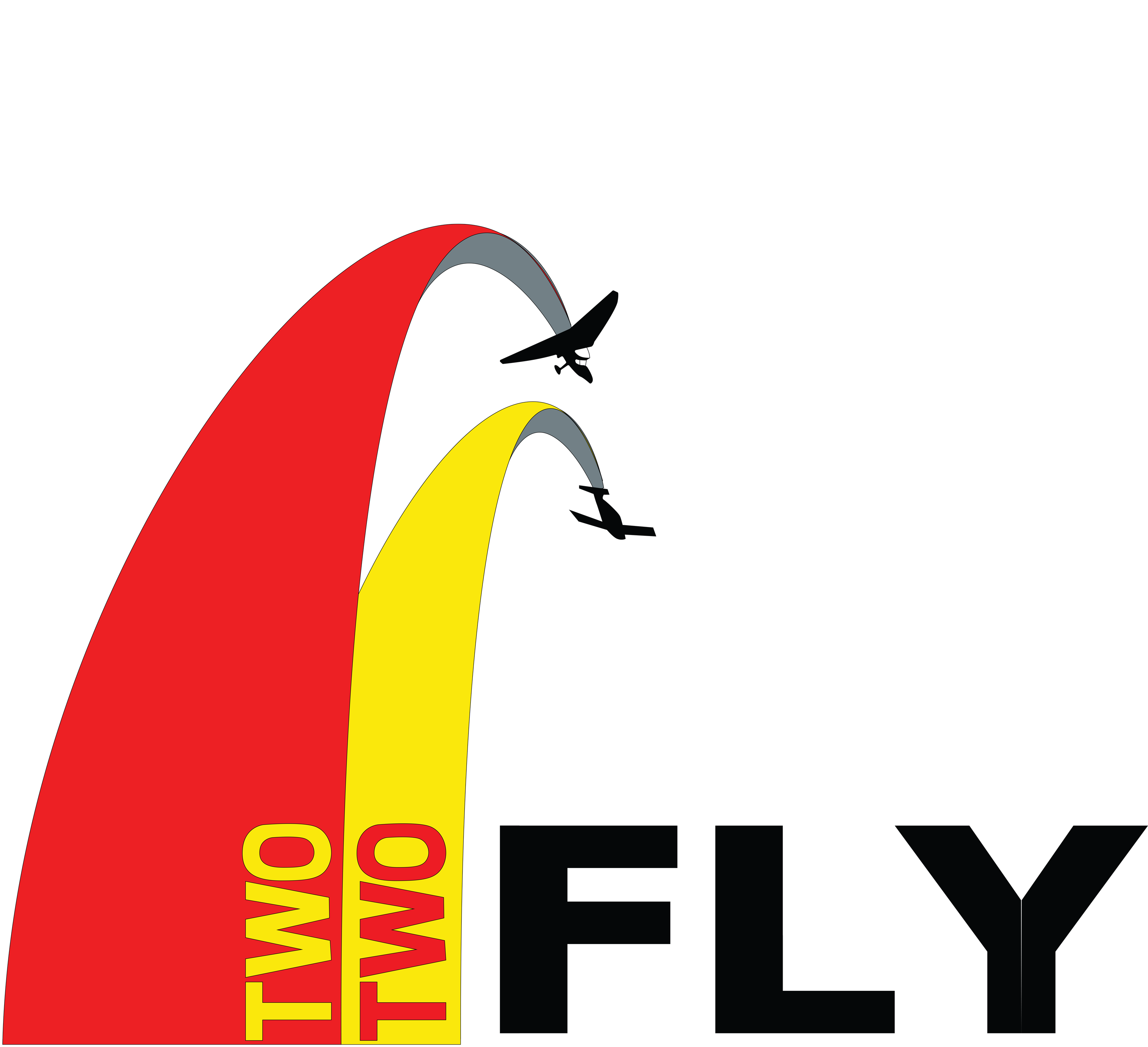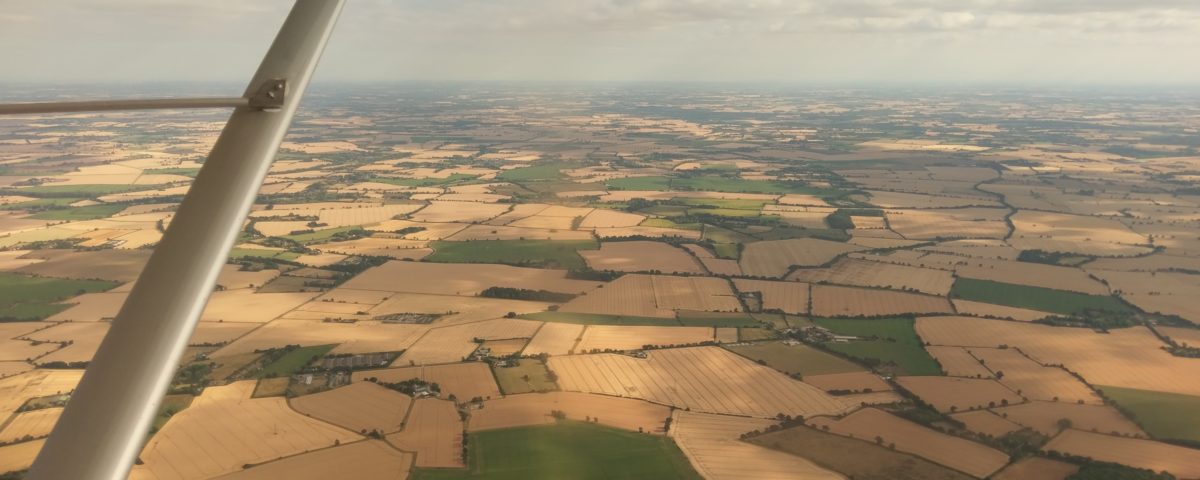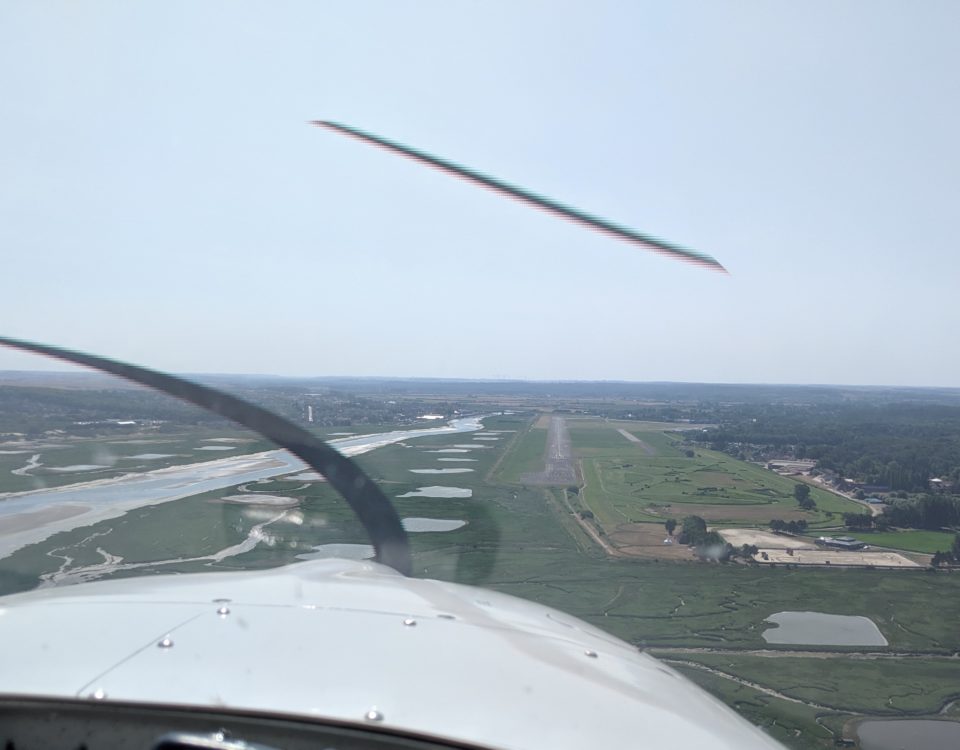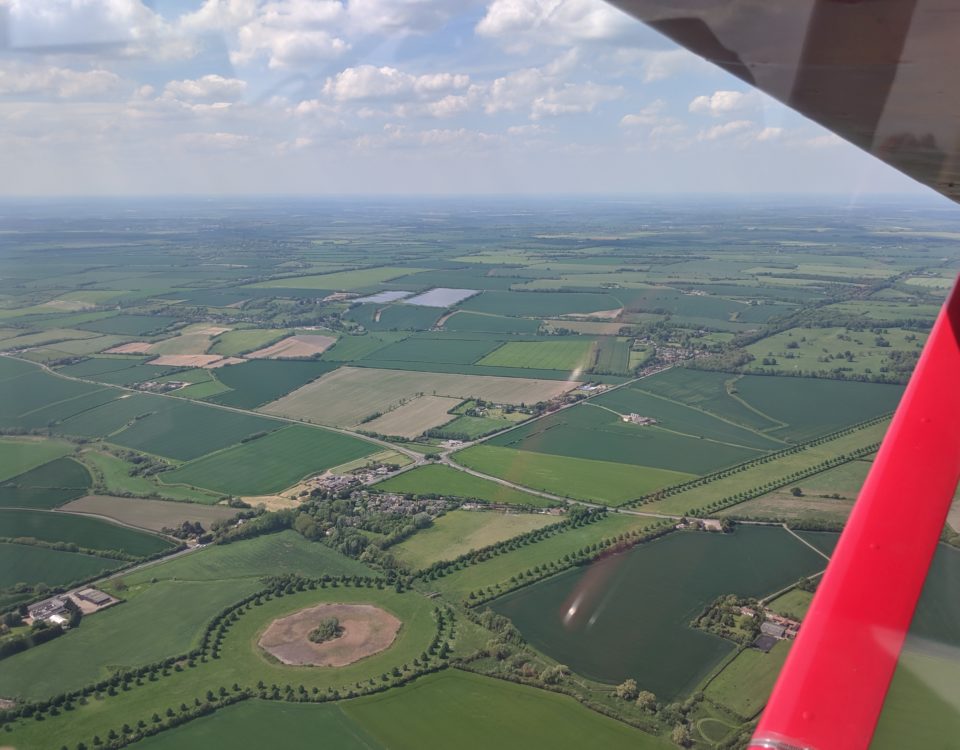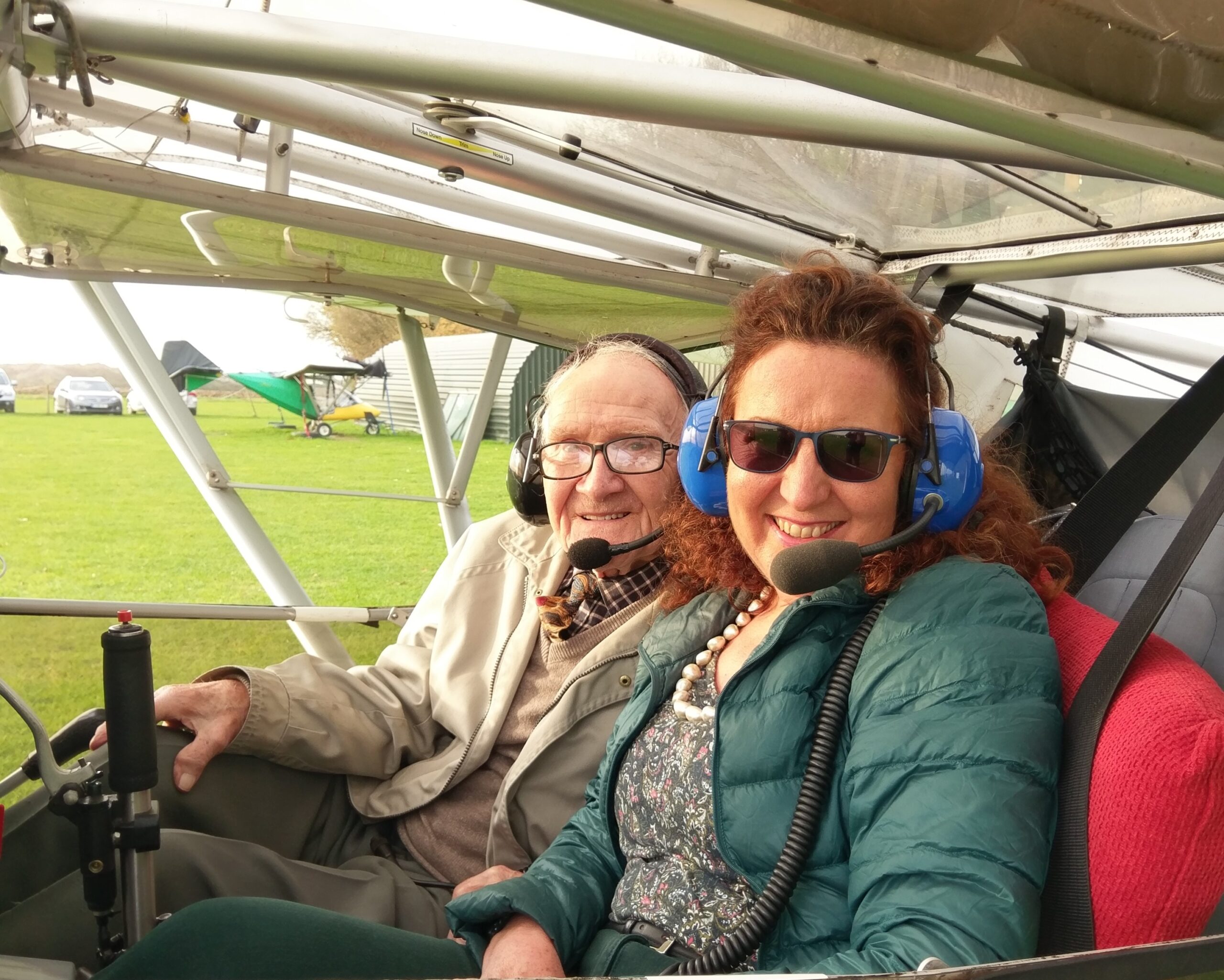
Who’s sitting next to you?
July 14, 2018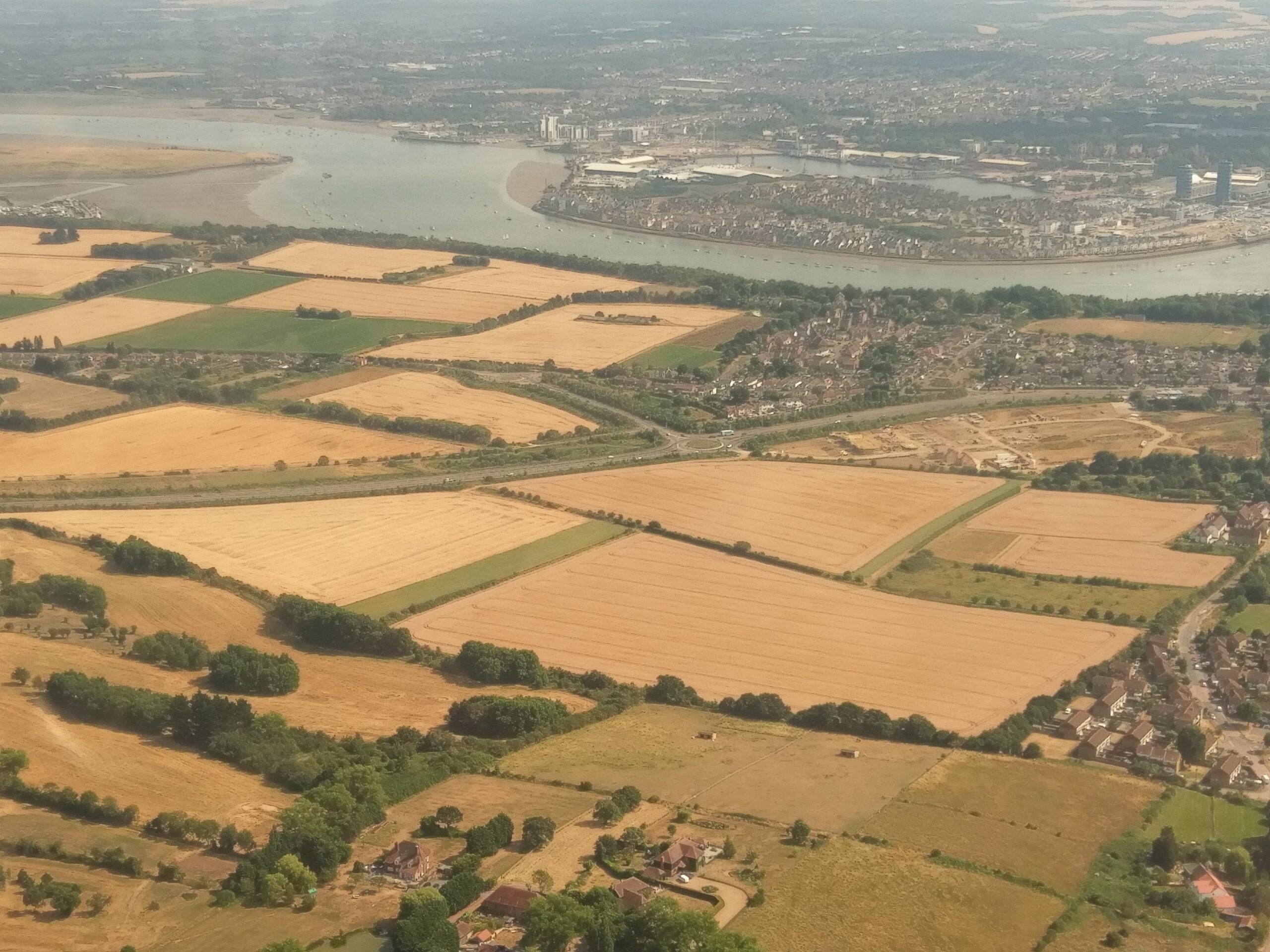
How to fill that cup of experience
August 10, 2018High and dry in summer
It’s high summer. The fields have turned from green to gold. The sky is becoming boringly blue, there’s hardly a flicker of wind and every day seems to hit the highs on the mercury. It should be fantastic flying, so why does one hear so many stories of planes ending up in the wheat fields, or wheels snapping off the undercarriage?
Summer and its blue skies brings thermals, which need a different take on flying. Thermals can lift you hundreds of feet in seconds, meaning you could crash through airspace, and for every updraft there is an equivalent downdraft. The air is thinner and your plane doesn’t perform as well.
I remember a year ago, trying to go solo. There was no wind, everyone was saying to me, ‘It must be amazing to fly now’ and every time the instructor just shook his head. That is when I learnt the wind is a pilot’s friend.
It seemed a perfect windless day when John took his instructor’s exam recently. “It was like flying in a washing machine,” he said. “I simply couldn’t demonstrate flying straight and level, because the thermals whisked you up and down.”
It is seldom really a no wind day. It’s more likely that the wind is light and variable, but what is insignificant when you are just out enjoying the sunshine, can mean that you suddenly have a tailwind or a crosswind on landing. A constant wind at two or three hundred feet can change as you descend, to mixing air closer to the ground, making landing that much trickier. These thermal winds close to the ground mean you need to be that much more precise in your landing.
“Every day has its own challenges,” says the CFI. “Landing on a hot day is like crossing a humpback bridge – the faster you do it, the more likely you are to bounce. As long as it’s a fully held-off landing, so the aircraft has no more energy left, you will be fine. All the usual rules apply. But if you don’t, it will catapult you into the air. You have to react to the conditions at that moment.”
No wind also means that while your airspeed may be the same, your groundspeed isn’t and you are coming at the ground much faster. The ground is hard and dry, with wet winter ruts now baked solid. There is less lift from your wings and the engine doesn’t perform as well. That is why the landing feels so different.
The lack of performance extends to take-off, where you may need a longer run to get off the ground and have a reduced rate of climb.
Early and late are the best times to fly then, when the air has smoothed out and the bumps are generally less severe. Other than that, it’s a switchback ride to enjoy while the sun’s out and the summer is here!
